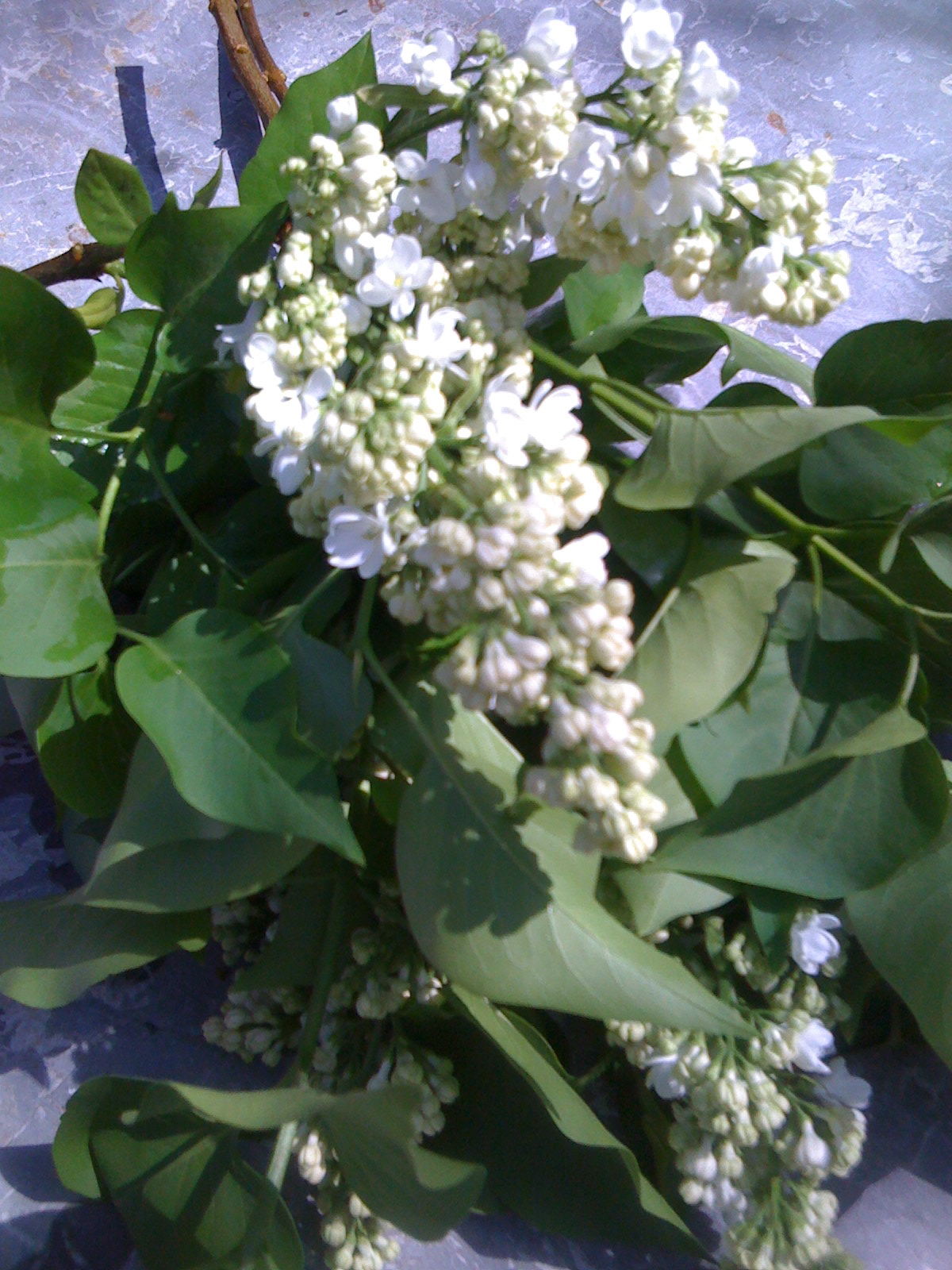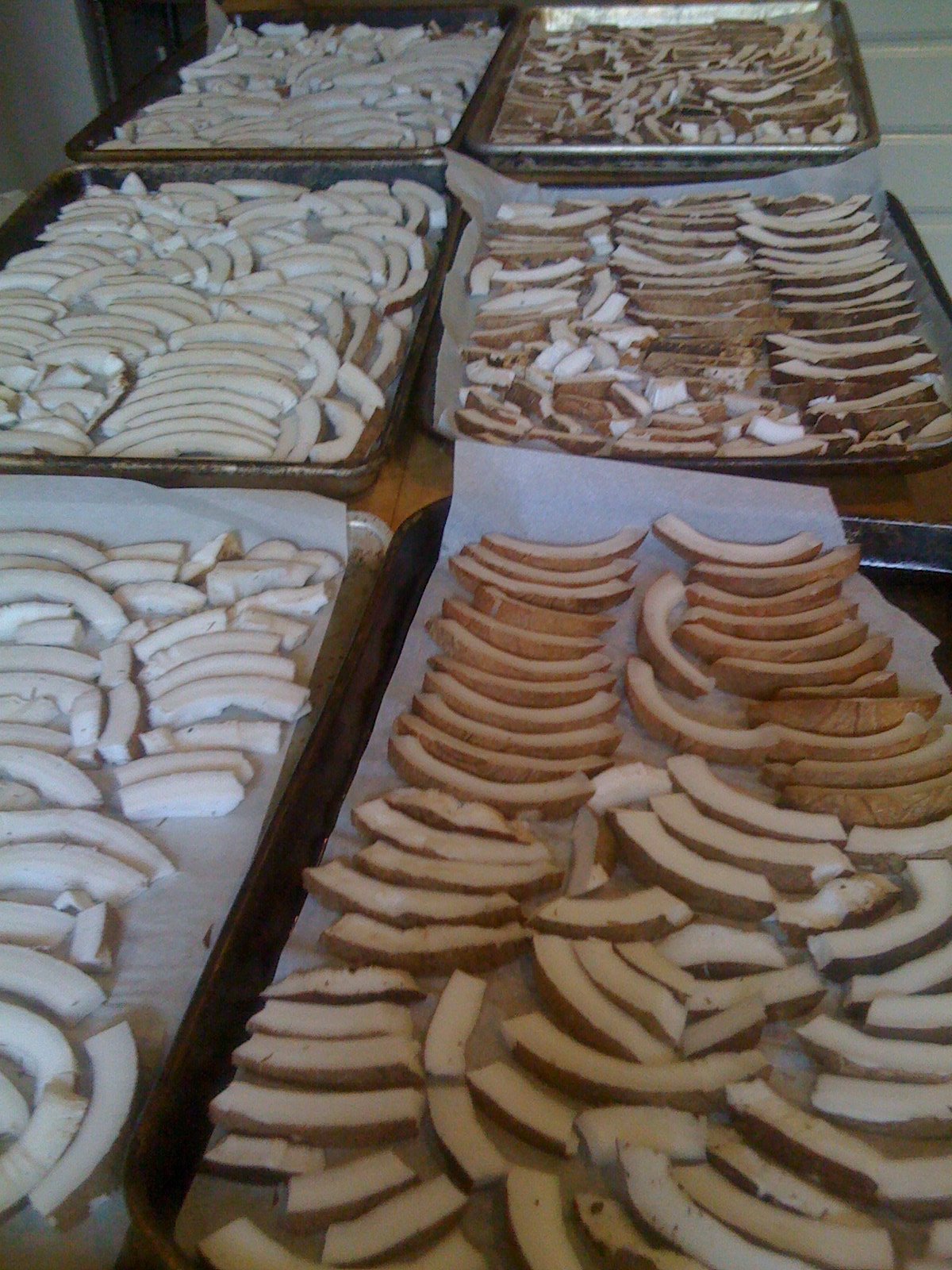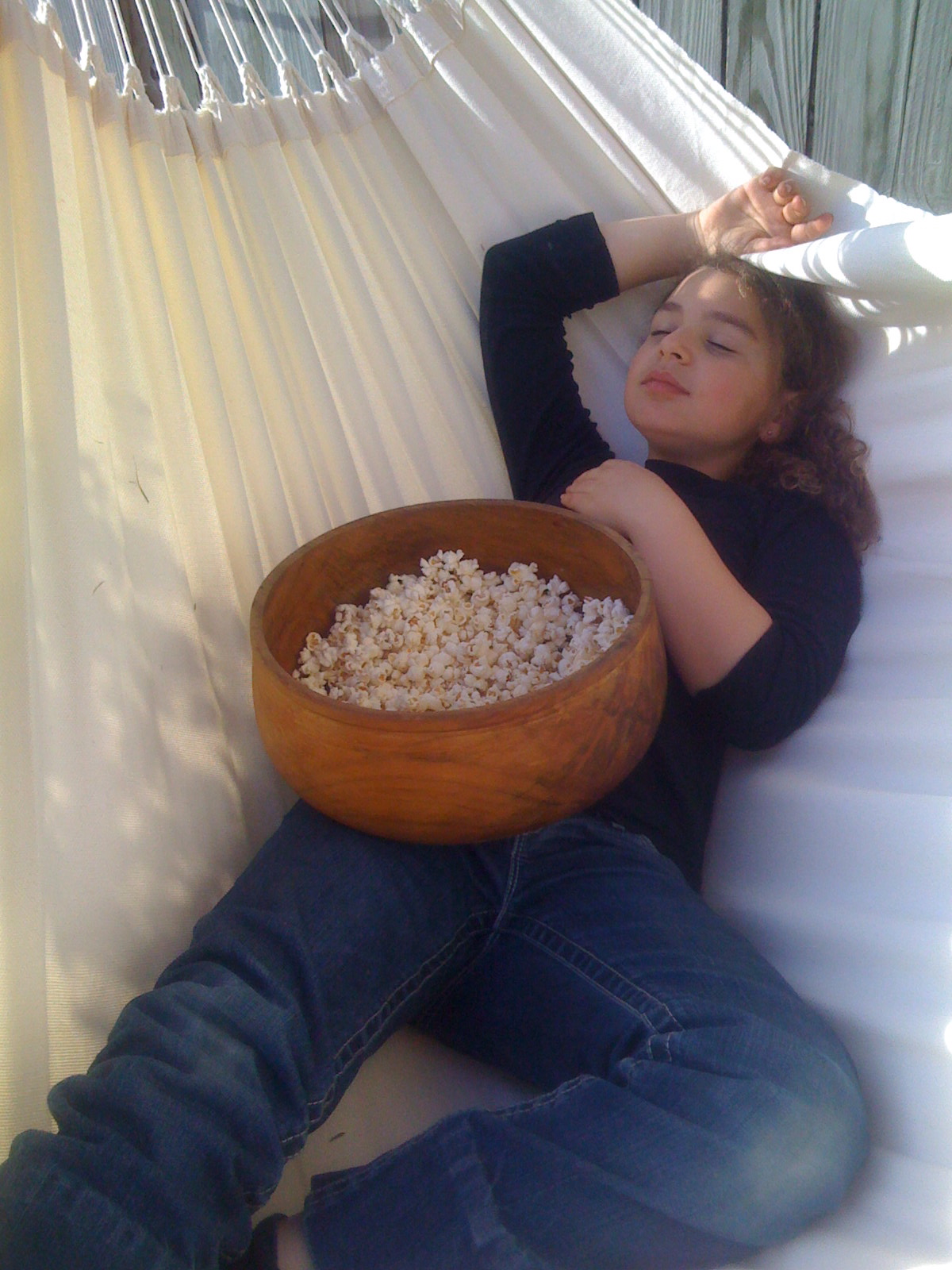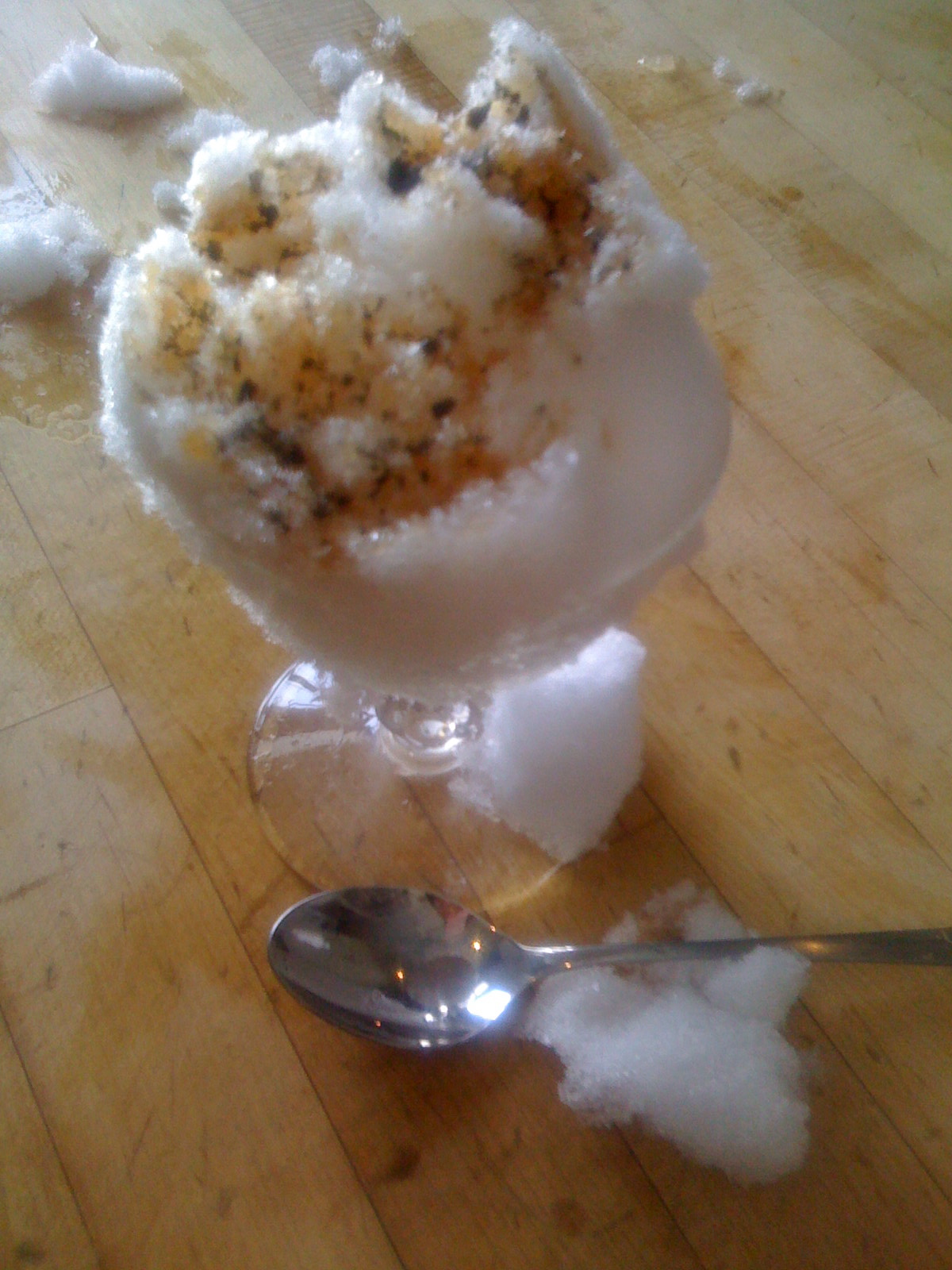notes and video from my recent talk...
Topic:
Incorporating sustainable practices or as I like to call them practices of vitality into the practice of everyday living …
Set up:
(slides that are linked to this post (see video above)- were projected for talk)
The slides are not for the purpose of literal interpretation more to provide a feeling of this practice that I refer to that integrates aesthetics, nutrition, pleasure and results in vitality.
Hand out:
side one-
seed, sustain, conscious, vitality, comfort, local, soil, source, element,
pleasure, essential, community, connection, bare, root, nourish
side two- lots of links many of which can be found on my website
My Background
I come from a family where cooking and eating was central. Memories are centered around family meals and entertaining.
My father worked in international nutrition. I was lucky to have the opportunity to travel with him to many countries. Looking back I realize that this exposure influenced my perspective about the importance of food and the privilege of plenty. My mother was a teacher. She returned to work after my brother and I were older and became involved in early stages of SOS, a national organization whose mission is to try to let no child in America be hungry.
After brief careers as an attorney and a documentary filmmaker I opened a restaurant in DC with my husband and brother called Rupperts. Looking back Rupperts became a physical space to explore and develop a variety of practices that had always been essential to me. Since we closed the restaurant about 6 years ago I have been fortunate to be involved in a variety of projects that have allowed me to continue to discuss and develop these practices. Today I have a cut flower business, I design and plant small urban and potted gardens that incorporate edible elements and I continue to do a variety of work with food. I recently wrote a cookbook for Bob Greene, Oprah's trainer called the Best Life Cookbook, I also work with him on his Best Life Website, write for a few different publications, do some restaurant and other food related consulting and of course cooking and eating for myself, family and friends…. I am also a mom of an amazing 9 year old daughter who is an integral part of all these projects.
As an aside the choosing of the bolded words on the hand out which are also incorporated into the slides was somewhat of a random process. It is difficult to concisely express a practice that is incorporated into all aspects of daily living. The words seemed to be good points of entry.
My favorite way of speaking is having a discussion so my idea today is to give an overview of thoughts and ideas and then hopefully have a lively conversation fueled by your questions which I believe will be much more lively…and vital.
Nourish
Essential to all aspects my practice is the idea that the best food for you is the most delicious, most healthful and is best for the environment. Much to the chagrin of food writers while we had our restaurant was our inability to answer the question, “what type of food do you cook?” My answer was, “we gather the best possible ingredients and then do as little as possible to them, more pairing and enhancing and then get out of the way……”
This is my same concept I use in flower arranging, gardening and pretty much everything else I do.
None of this is possible without excellent ingredients. I cook exclusively with seasonal ingredients. In DC the options are descent…in the last several years there have been many new farmers markets introduced throughout the city and metropolitan area. The availability of local ingredients is very different today than it was in 1994 when we opened Rupperts. Today there is a vibrant year round farmers market and mid growing season there are markets that you can visit every day….which I often do. In addition there are lots of options for CSA’s including the one that we belong to called Clagett Farm which is part of the Capital Area Community Food Bank. And there is a nice long growing season in this area that allows for each of us to try our hand at a little farming even if it is just a couple of pots squeezed out on a sunny window ledge or fire escape…..
Pretty much everything that I talk about comes back to planting something that you can eat since it is the most direct way that I know of to nourish, feel part of community, experience pleasure and feel vitality!
Community
My definition of community is broad. I start with self expand to family, neighbors, others that you come in contact with from colleagues to someone you pass on the street, others in the world all the way to ecosystem……
My restaurant Rupperts …helped me refine my current definition of community. Pleasure continues to come from the wide variety of farmers, neighbors, thinkers and friends is endless…not to mention the worms that live in my worm composting system!
There are the many relationships started in our kitchen, my assistant, who initially came in to work as a dishwasher and who works with me daily with flowers, gardens and food… that I could not do anything that I do without. A 15 year old kid started working in the kitchen looking for somewhere to go after school and came to the restaurant every afternoon and weekend. Today he collaborates with me on nearly every project that I do. There is also a “kid” whose parents were regulars at our restaurant who helped me plant my first truly productive kitchen garden when he was 13 years old. The day before inauguration we spent the day with him picking up trash as part of a viral litter free inauguration media campaign he initiated.... There is the cooperative of Amish farmers whose produce I have been enjoying for years. Just this past summer I had the amazing opportunity to meet and see their farms. I have always appreciated their support. The outstanding produce they have supplied over the years has been ultimately valuable and it was exciting to learn that in return they felt supported by the long term relationship as well.
Recently I have been fortunate to get involved in the Best Life community. Most of my professional cooking career has been making and serving precious food…the type I consume regularly. Up to now I have primarily fed a well-fed, nutritionally savvy, well-exercised, affluent community.
I became involved in Best Life because an old friend of mine who is a nutritionist was working for Bob Greene and contacted me ….she expressed her frustration with “diet food”. She suggested that my food would work well with her nutritional agenda because it was, “healthy, delicious, conscious in respect to origin and environment etc….”. She asked me if I would like to work on some recipes with her. Initially I assumed that I was totally unqualified…knowing about the various truffle seasons and where to purchase them and which expensive variety of salt I thought was ideal for which specific application…. Despite these initial reservations I decided to give it a go.
I had to take into account time people were willing to devote to cooking a meal, money, availability of ingredients in non costal urban centers, fears of the unfamiliar, severe salt restrictions and needed to incorporate products that endorsed the diet. Ultimately I found it was not too difficult to adhere to these restrictions and incredibly gratifying. All of a sudden I was able to communicate with a huge “Oprah audience” about practices that are essential to me! Not only through recipes throughout the book and website, I was also able to insert ideas about seasonality, farm markets, sustainable fish….Not to mention hopefully sharing the pleasure that I get from food. Totally exciting!
Pleasure
The ancient philosopher Epicurus defines pleasure as the absence of pain …this definition pretty much excludes the idea that an overindulgence in foie gras or anything else is pleasure…many things that we think of as pleasure give a moment of elation but ultimately result in pain….
For most humans sustained pleasure is quite different that indulgences that are often labeled pleasure.
Taken a little further...
Can a rose that is grown with pesticides and harvested by abused laborers bring you pleasure? For me the comfort or pleasure associated with knowledge of source of my food and other products that I consume and enjoy brings pleasure.
I have already spoken about source and food but the same goes with flowers and plants…
Flowers that you arrange cut from your own garden will always be the most beautiful but there are other conscious sources for flowers. In addition to growing some of the flowers and herbs that I use for flower arrangements during the growing season I work with several local farmers. At other times of the year I buy flowers directly from the Dutch auction where all products are grown with conscious environmental and labor practices. I also buy from a South American broker that gets roses and other flowers from farms that are partially or completely worker owned.
Comfort which to me intersects with true pleasure can be found in nourishing ourselves and the ecosystem rather than through a cycle of consumption and waste…..
We are not talking about deprivation but conscious alternatives which include considering portions and making decisions about what we really need and want. Just by being aware the question can become, "what do I want?"......Although this seems so basic I find it often gets confusing in a busy environment saturated by media.
Modern conveniences have done away with the need for us to actually do many things. These conveniences are often welcome but sometimes there is nothing more satisfying than making your own bread…particularly with the knowledge that you have the option to buy bread. Making bread is just something that works for me…but I guess that for everyone there is a similar pleasure giving act.
As an aside this leads me to a problem with the word sustainability which inherently suggests inertia. In my mind a better solution is to utilize everything available including conveniences and technology while incorporating the most basic of practices. For example planting a seed that you research and buy on the electronically, watching a plant grow, nurturing and harvesting. Or meeting a farmer who has grown your food…instead of always choosing to purchase the exotic imported vegetable.
Vitality- my final word
Defined as germinating power or life force of animals and plants. In my mind the essence of what each of our daily practices should supports, no?
Vitality through composting, growing something edible even more so with a child helping you, meeting a farmer who grew your food, planting a flower that attracts butterflies, eating less meat or choosing to eat no meat, walking somewhere habitually instead of driving somewhere habitually.
These are just a few examples that nourish vitality…that in my everyday practice is the ultimate goal.
Before questions I would like to read a quote from Michael Pollan that I find right on point…not to mention beautifully said,
"...reasons to plant that garden, to bother. At least in this one corner of your yard and life, you will have begun to heal the split between what you do, to commingle your identities as consumer and producer and citizen."















